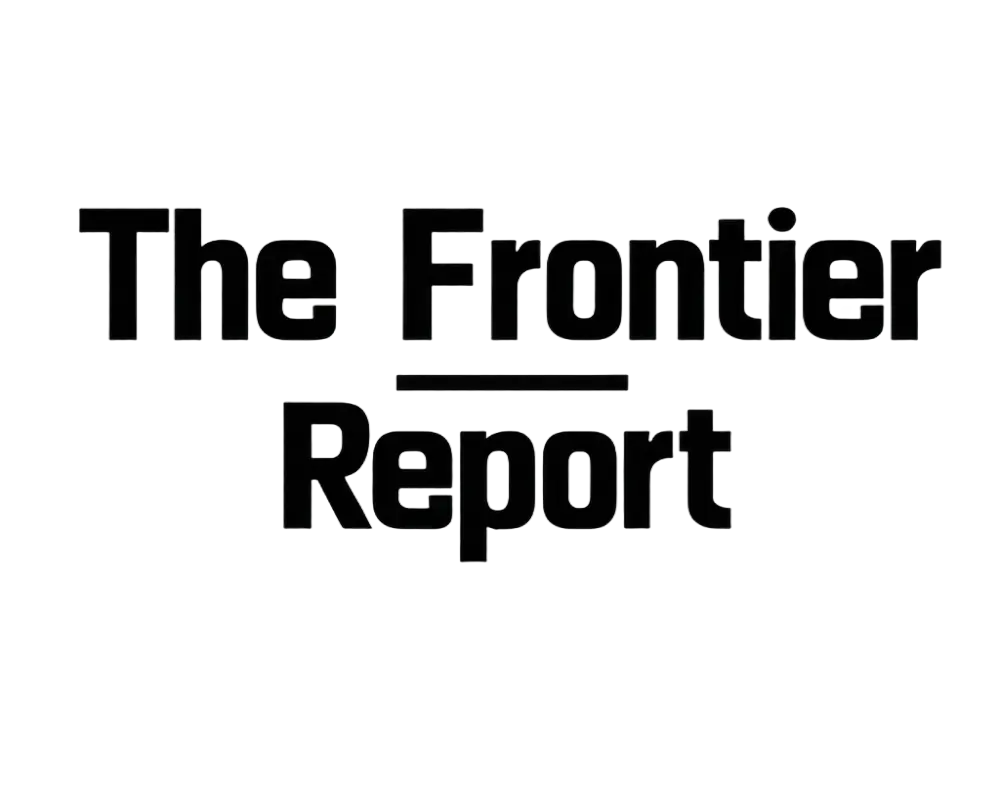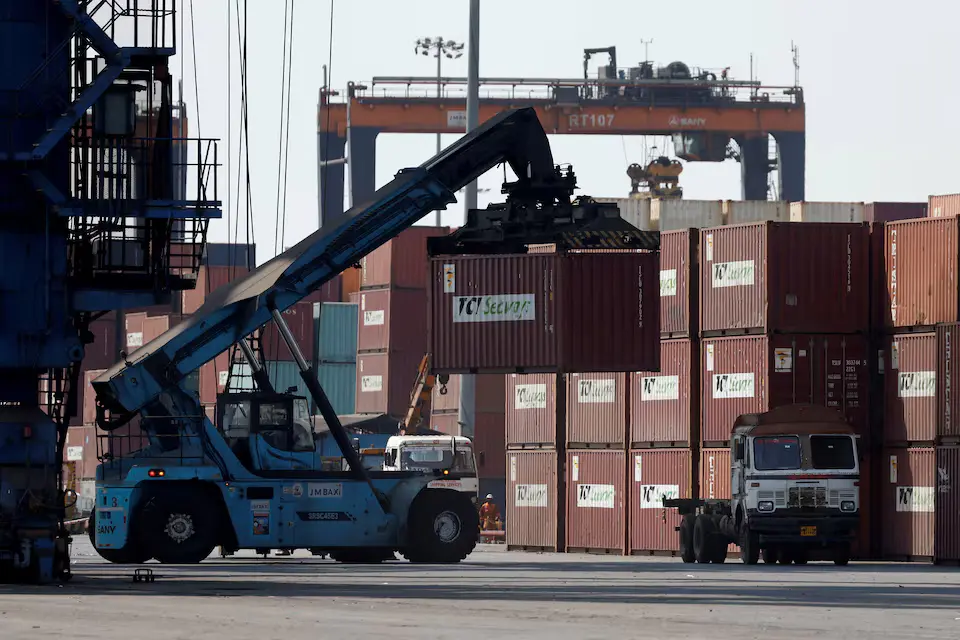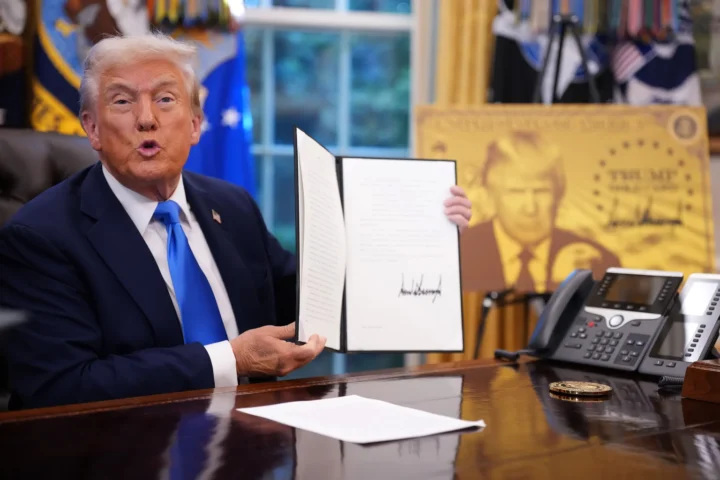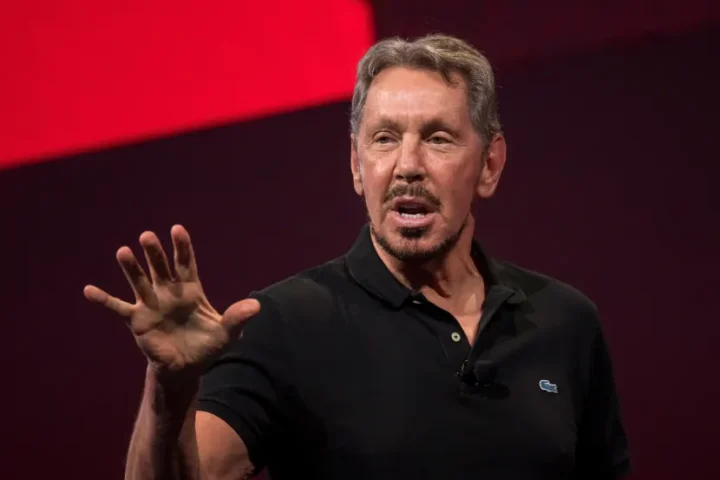Equipment Spending Jumps, but It’s Complicated
American companies started the third quarter by spending more on equipment. That’s good news in an economy full of mixed signals. In July, businesses poured more money into machinery and tools—not tied to defense or airplanes. Shipments moved faster than they have in over two years. So yeah, companies still seem hungry to grow, even as the rest of the economy feels a little shaky.
Usually, this kind of spending means one thing: businesses are betting on better days ahead. If a company is upgrading its tools or buying new machines, it likely believes demand is coming. Even with rising costs and political noise, a lot of firms are still trying to stay sharp and ready.
But here’s where it gets tricky. Some experts think this jump might not be as strong as it looks. Tariffs have pushed up the cost of imported equipment, so companies might be rushing to buy now before prices rise more. That means some of this spending might be more about avoiding pain than chasing growth.
Take aircraft orders as a warning. They spiked earlier this year, then dropped fast in July. Big planes are now caught in supply issues and political messes. It shows just how fragile business spending can be when the winds shift.
Confidence Is Wobbling
Even with all that spending, confidence is slipping. Business surveys show more leaders are worried—about hiring, about politics, about what’s next. Wage growth has slowed down. Fewer workers feel good about their job prospects. That optimism from the past few years? It’s fading a bit.
Then there’s the politics. Fights over who leads the central bank have shaken markets. And for businesses making big, long-term decisions, leadership and stability matter a lot. When those feel uncertain, so does everything else.
So right now, businesses are doing two things at once: they’re spending big on equipment but also quietly preparing for things to get rough.
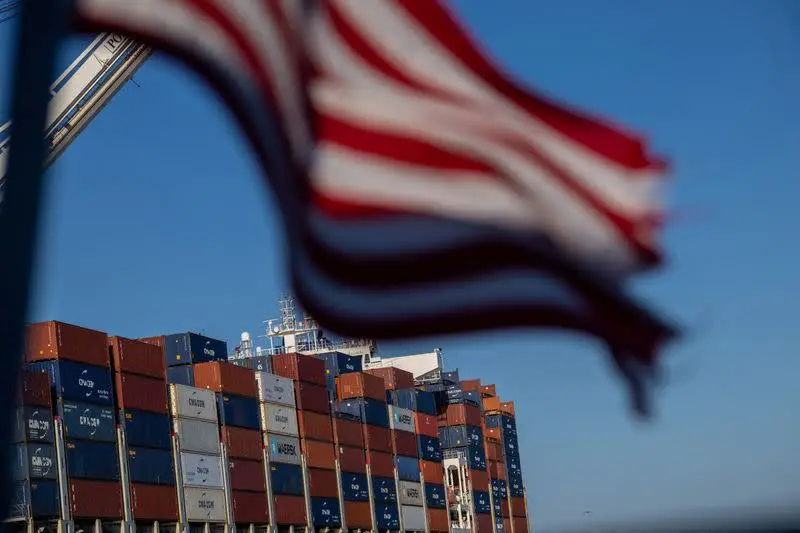
Will the Momentum Last?
Here’s the question: Can this spending streak keep going?
It depends. If tariffs keep rising, if global demand weakens, or if politics get messier, companies might slam the brakes. But if firms keep seeing new machines and tools as smart bets on productivity, they’ll keep investing.
For the folks in charge, it’s a tough balance. On the surface, all this spending looks like good news. But underneath, soft demand and nervous hiring show weak spots. The challenge is clear—keep things moving without pushing too far.
In the bigger picture, this moment feels familiar. American businesses are good at adapting when pressure hits. Even with tariffs, tensions, and shaky demand, they keep investing. The big unknown is whether that’s real optimism—or just companies trying to stay one step ahead of trouble.
As the quarter unfolds, all eyes will be on whether this investment boom can hold. If it does, it might help balance out other weak spots. If it doesn’t, the cracks we’re seeing now could grow into something harder to fix.

